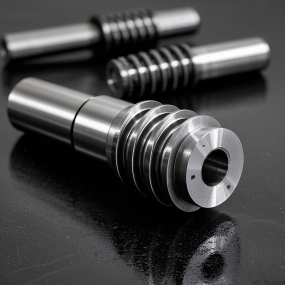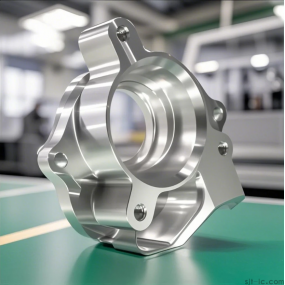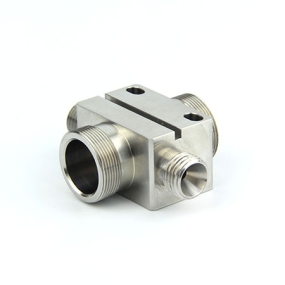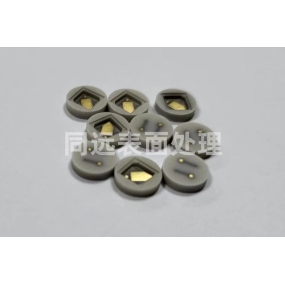Non standard cabinets are generally used in places with special needs, and their size is different from that of standard chassis. In their customization, a relatively important component is the fixed tray, which is mainly used to install various equipment. There are many sizes available, and it is usually used to place 19; Standard tray, not 19“ And multiples refer to non-standard fixed trays, which are also what we call non-standard cabinets.
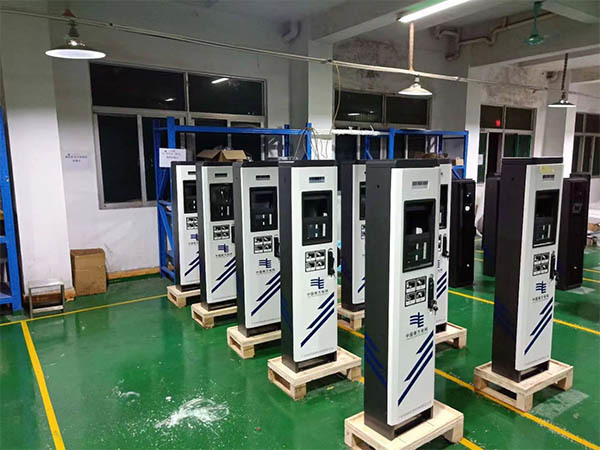
The advantages of customized non-standard cabinet are that its material is welded together, the frame degree is relatively high, the body size is relatively large, it can store a large number of equipment, has good ventilation, which can help the equipment inside the power cabinet dissipate heat, improve the heat dissipation performance of the power cabinet, and can be used for power distribution. It is a customized cabinet that is not produced according to national standards, which can better meet the needs of different users. It is widely used in industries such as instrumentation, electronics, communication, automation, sensors, industrial control, and machinery.
How should non-standard cabinets be cleaned? Below is an introduction for everyone.
1. Set a reasonable dust removal cycle. According to the specific situation of the computer room, a reasonable dust removal cycle should be set to clean the inside, outside, and inside of the equipment. Taking a medium-sized computer room as an example, its internal hygiene should be cleaned every three days, every half month, and its external hygiene should be cleaned once a day. The equipment vacuum should be checked once a week, and necessary equipment should be cleaned once a month. The equipment and computer room should be repaired every two years according to actual usage, and the equipment should be inspected every five years.
2. Beware of static electricity hazards. When disassembling and cleaning equipment, the first thing to do is to avoid people damaging live equipment. Before cleaning, anti-static clothing and wristbands should be worn to avoid live disassembly. In the event of a complete power outage, the server should be well grounded, even supporting heat exchange equipment, to prevent static electricity from damaging the equipment. For devices such as displays, discharge treatment should be carried out first.
3. Understand the structure of the equipment. There is not a big problem when uninstalling and replacing devices. It should be noted that many brands of server chassis have special designs that require special tools or mechanisms to open. When removing the chassis cover, carefully read the instructions and do not forcefully disassemble it.
4. Choose cleaning tools. The cleaning work of the equipment does not require very complex tools. For general dust removal system maintenance, we only need to prepare a cross screwdriver, flat screwdriver, paint brush or oil painting pen to start. Hair dryer, anhydrous alcohol, silicone oil, degreasing cotton ball, clock screwdriver, tweezers, leather tiger are also required tools. If simple and effective maintenance is needed, equipment such as pointed nose pliers, test pens, multimeters, etc. are also needed. Attention: Do not use a regular brush or other brush that is prone to hair removal, as it can easily damage the machine. Pay special attention to dust removal from the power supply.


 Spanish
Spanish Arabic
Arabic French
French Portuguese
Portuguese Belarusian
Belarusian Japanese
Japanese Russian
Russian Malay
Malay Icelandic
Icelandic Bulgarian
Bulgarian Azerbaijani
Azerbaijani Estonian
Estonian Irish
Irish Polish
Polish Persian
Persian Boolean
Boolean Danish
Danish German
German Filipino
Filipino Finnish
Finnish Korean
Korean Dutch
Dutch Galician
Galician Catalan
Catalan Czech
Czech Croatian
Croatian Latin
Latin Latvian
Latvian Romanian
Romanian Maltese
Maltese Macedonian
Macedonian Norwegian
Norwegian Swedish
Swedish Serbian
Serbian Slovak
Slovak Slovenian
Slovenian Swahili
Swahili Thai
Thai Turkish
Turkish Welsh
Welsh Urdu
Urdu Ukrainian
Ukrainian Greek
Greek Hungarian
Hungarian Italian
Italian Yiddish
Yiddish Indonesian
Indonesian Vietnamese
Vietnamese Haitian Creole
Haitian Creole Spanish Basque
Spanish Basque

